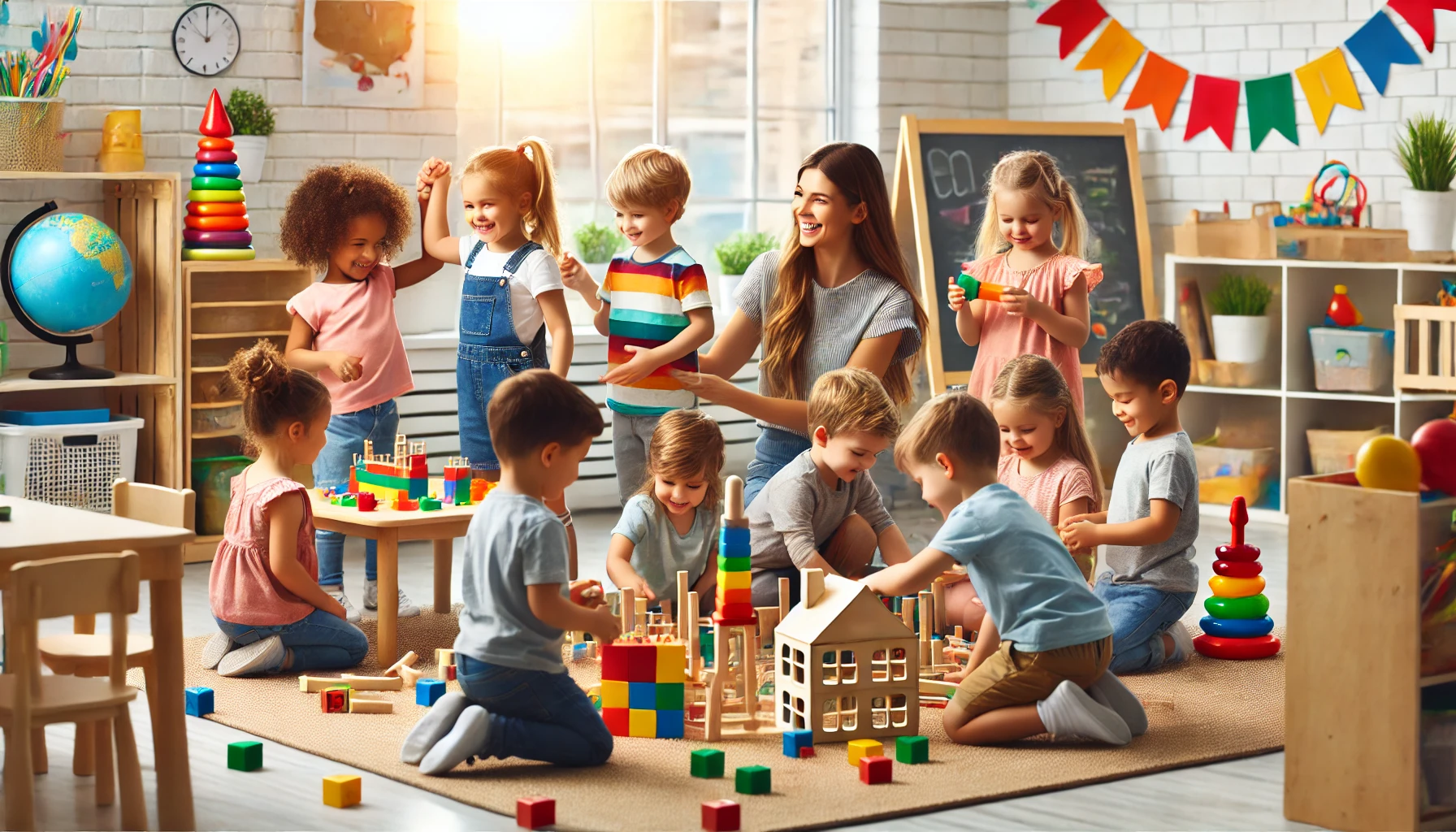How to Teach Young Children About the Value of Teamwork and Collaboration
Teaching young children about teamwork and collaboration is key to helping them build social skills, develop empathy, and learn how to solve problems alongside others. When children understand how to work with their peers respectfully and cooperatively, they grow into better communicators and more compassionate individuals. In this article, we’ll explore effective ways to help young kids understand and practice teamwork in everyday life.
Why Teamwork and Collaboration Are Important
- Encourages cooperation – Helps children learn to share, listen, and take turns.
- Builds communication skills – Teaches how to express ideas and understand others.
- Improves problem-solving abilities – Encourages brainstorming and mutual decision-making.
- Fosters empathy and kindness – Helps kids consider other people’s feelings.
- Prepares for school and group settings – Develops the ability to thrive in team environments.
1. Define Teamwork in Simple Terms
Start by explaining what teamwork is and why it matters.
Activity Idea:
- Say: “Teamwork means working together to reach a goal.”
- Use relatable examples: building a puzzle together, cleaning up toys with a sibling, or playing a group game.
- Ask: “What can we do better together than alone?”
What Kids Learn:
- That everyone has something valuable to contribute.
- How collaboration makes tasks more enjoyable.
- That success often comes from working as a team.
2. Use Cooperative Games and Group Activities
Hands-on experiences are the best way for kids to understand collaboration.
Activity Idea:
- Play games that require turn-taking and cooperation: building block towers, relay races, or “freeze dance” in pairs.
- Set up a team art project, where kids draw or paint together.
- Introduce board games where winning depends on group strategy, not just individual performance.
What Kids Learn:
- That patience, communication, and listening are part of teamwork.
- How to compromise and share ideas.
- That helping others can lead to shared success.
3. Assign Simple Teamwork Tasks at Home
Working together on real-life chores gives children a sense of responsibility and unity.
Activity Idea:
- Assign shared tasks: setting the table, tidying up play areas, or organizing books.
- Use phrases like, “Let’s work as a team!”
- Praise the group effort rather than individual performance.
What Kids Learn:
- That shared goals require shared effort.
- How collaboration makes chores quicker and more fun.
- The pride of completing something together.
4. Read Stories That Highlight Teamwork
Books help children visualize teamwork in action through familiar characters and narratives.
Activity Idea:
- Read books like Swimmy by Leo Lionni or Stone Soup by Marcia Brown.
- After reading, ask: “How did the characters work together?”
- Encourage children to retell the story using puppets or drawings.
What Kids Learn:
- That teamwork is a theme found in many situations.
- How others collaborate and the outcomes that follow.
- New language and examples for describing teamwork.
5. Model Collaborative Behavior
Children learn a great deal by observing how adults work with others.
Activity Idea:
- Narrate your teamwork moments: “Dad and I are cooking dinner together. I chop, and he stirs!”
- Let children see you solve disagreements respectfully and with compromise.
- Involve them in family decisions where everyone contributes ideas.
What Kids Learn:
- That cooperation is part of daily life.
- How adults navigate team dynamics.
- The importance of mutual respect in group settings.
6. Teach Conflict Resolution Within Teams
Teamwork doesn’t mean there will never be disagreements—teach kids how to manage them.
Activity Idea:
- Role-play common scenarios: “What if two friends want to be the leader?”
- Teach phrases like: “Let’s take turns,” “How can we fix this?” or “What do you think?”
- Use calm voices and reminders that working together means listening, too.
What Kids Learn:
- That conflict is normal but solvable.
- How to compromise and consider others’ ideas.
- That being part of a team means respecting all voices.
7. Celebrate Teamwork Successes
Reinforce positive teamwork by recognizing when it happens.
Activity Idea:
- Use phrases like: “You helped your friend without being asked—great teamwork!”
- Create a “Team Player” badge that kids earn for collaborating well.
- Reflect at the end of the day: “What’s something we did better together today?”
What Kids Learn:
- That teamwork is valued and encouraged.
- How rewarding it is to support others.
- The motivation to keep practicing collaboration.
8. Encourage Inclusion and Empathy
Part of teamwork is making sure everyone feels welcome and heard.
Activity Idea:
- Play group games that rotate leaders so every child gets a chance.
- Remind kids to ask others to join: “Let’s make sure everyone gets to play.”
- Talk about what it means to be a good teammate: kindness, sharing, and encouragement.
What Kids Learn:
- That a team includes and supports everyone.
- How to recognize and respond to the needs of others.
- The connection between teamwork and kindness.
Final Thoughts
Teaching young children about teamwork and collaboration helps them become better communicators, problem-solvers, and friends. By engaging in group activities, modeling cooperative behavior, and celebrating teamwork wins, parents and caregivers can instill in children the joy and value of working together—a lesson that will serve them for life.
